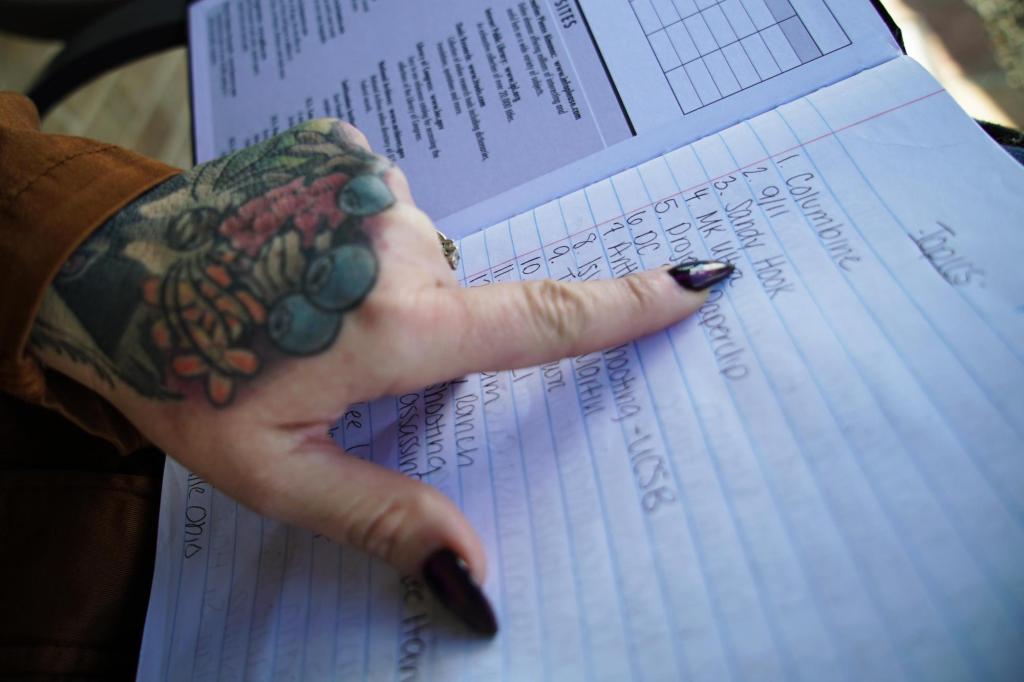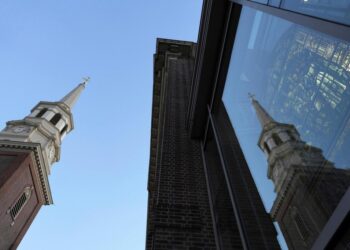By David Klepper, Associated Press
WASHINGTON (AP) — Days after Maui’s wildfires killed scores of people and destroyed thousands of homes last August, a shocking claim spread with alarming speed on YouTube and TikTok: The blaze on the Hawaiian island was set deliberately, using futuristic energy weapons developed by the U.S. military.
Claims of “evidence” soon emerged: video footage on TikTok showing a beam of blinding white light, too straight to be lightning, zapping a residential neighborhood and sending flames and smoke into the sky. The video was shared many millions of times, amplified by neo-Nazis, anti-government radicals and supporters of the QAnon conspiracy theory, and presented as proof that America’s leaders had turned on the country’s citizens.
“What if Maui was just a practice run?” one woman asked on TikTok. “So that the government can use a direct energy weapon on us?”
The TikTok clip had nothing to do with the Maui fires. It was actually video of an electrical transformer explosion in Chile earlier in the year. But that didn’t stop a TikTok user with a habit of posting conspiracy videos from using the clip to sow more fear and doubt. It was just one of severalsimilarvideos and images doctored and passed off as proof that the wildfires were no accident.
Conspiracy theories have a long history in America, but now they can be fanned around the globe in seconds, amplified by social media, further eroding truth with a newfound destructive force.
With the United States and many other nations facing big elections in 2024, the perils of rapidly spreading disinformation, using ever more sophisticated technology such as artificial intelligence, now also threaten democracy itself — both by fueling extremist groups and by encouraging distrust.
“I think the post-truth world may be a lot closer than we’d like to believe,” said A.J. Nash, vice president for intelligence at ZeroFox, a cybersecurity firm that…
Read the full article here







